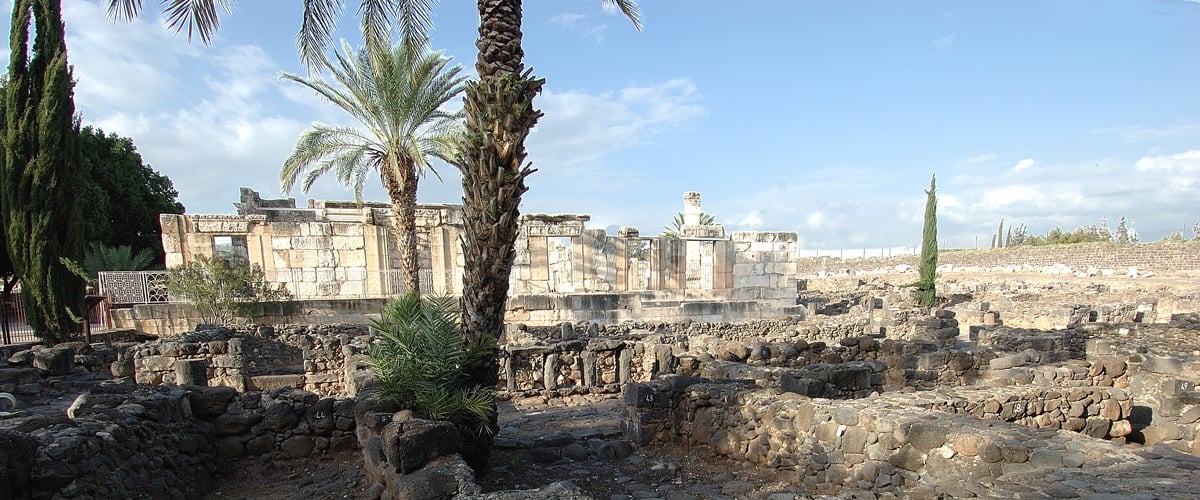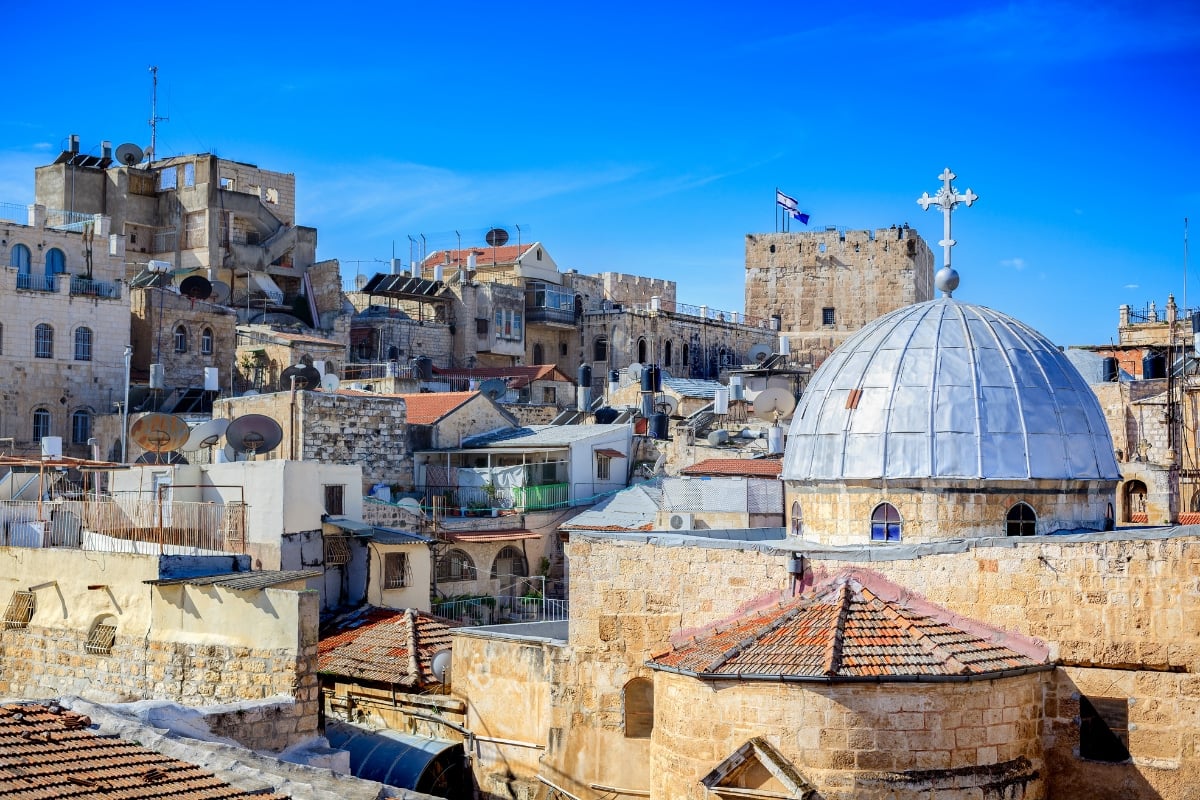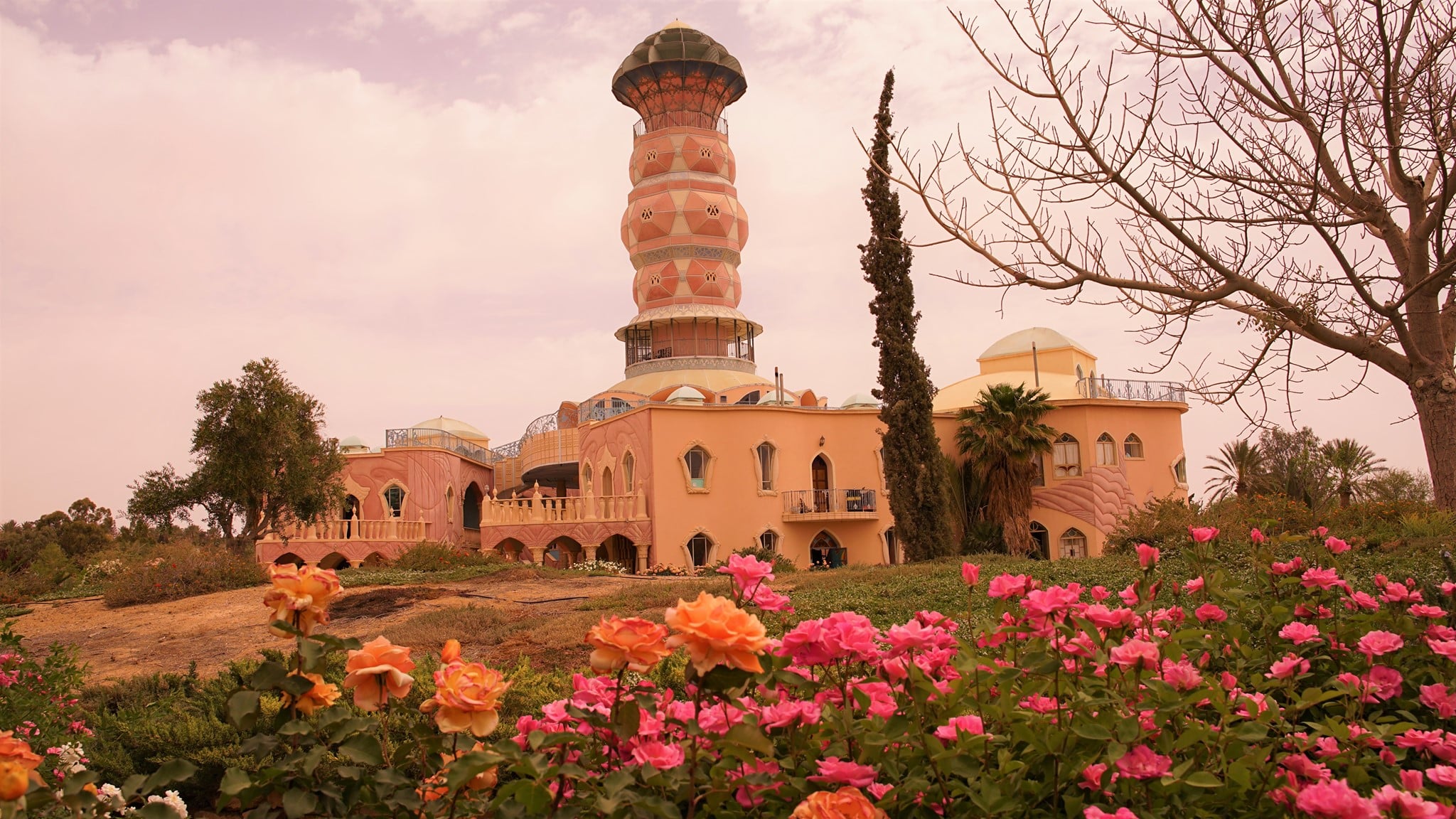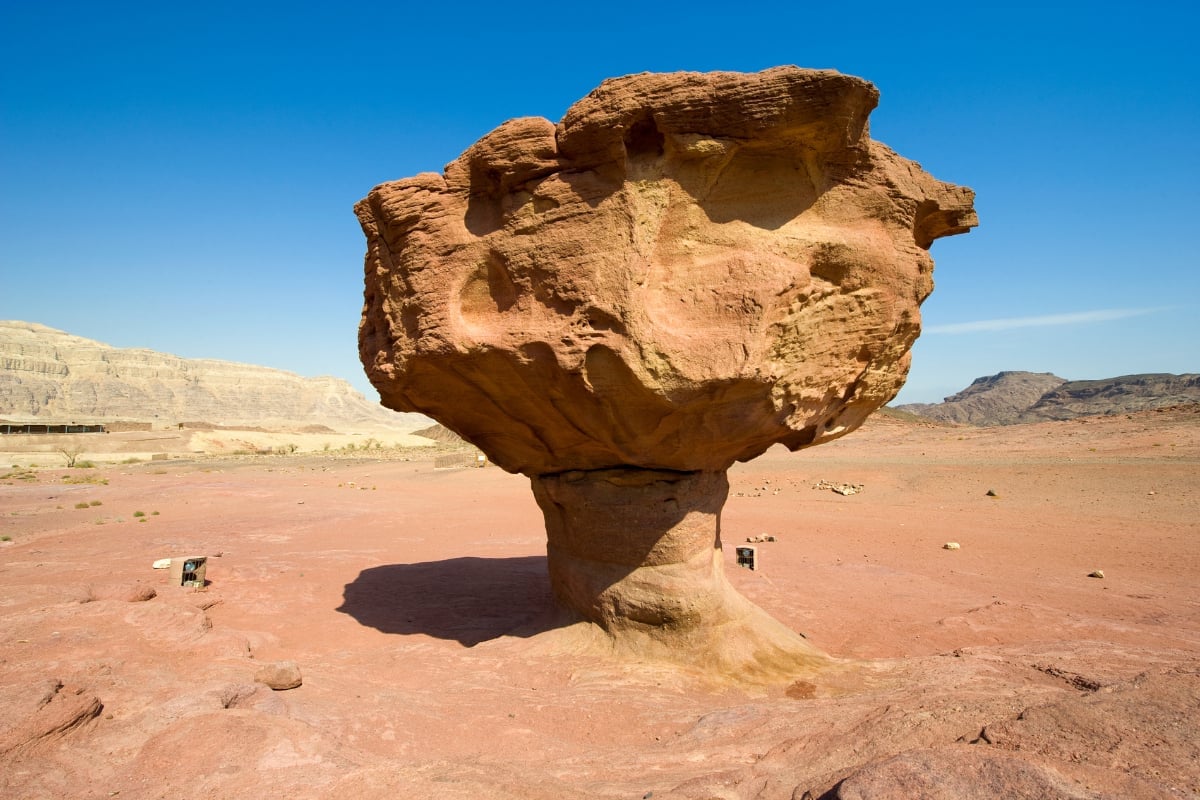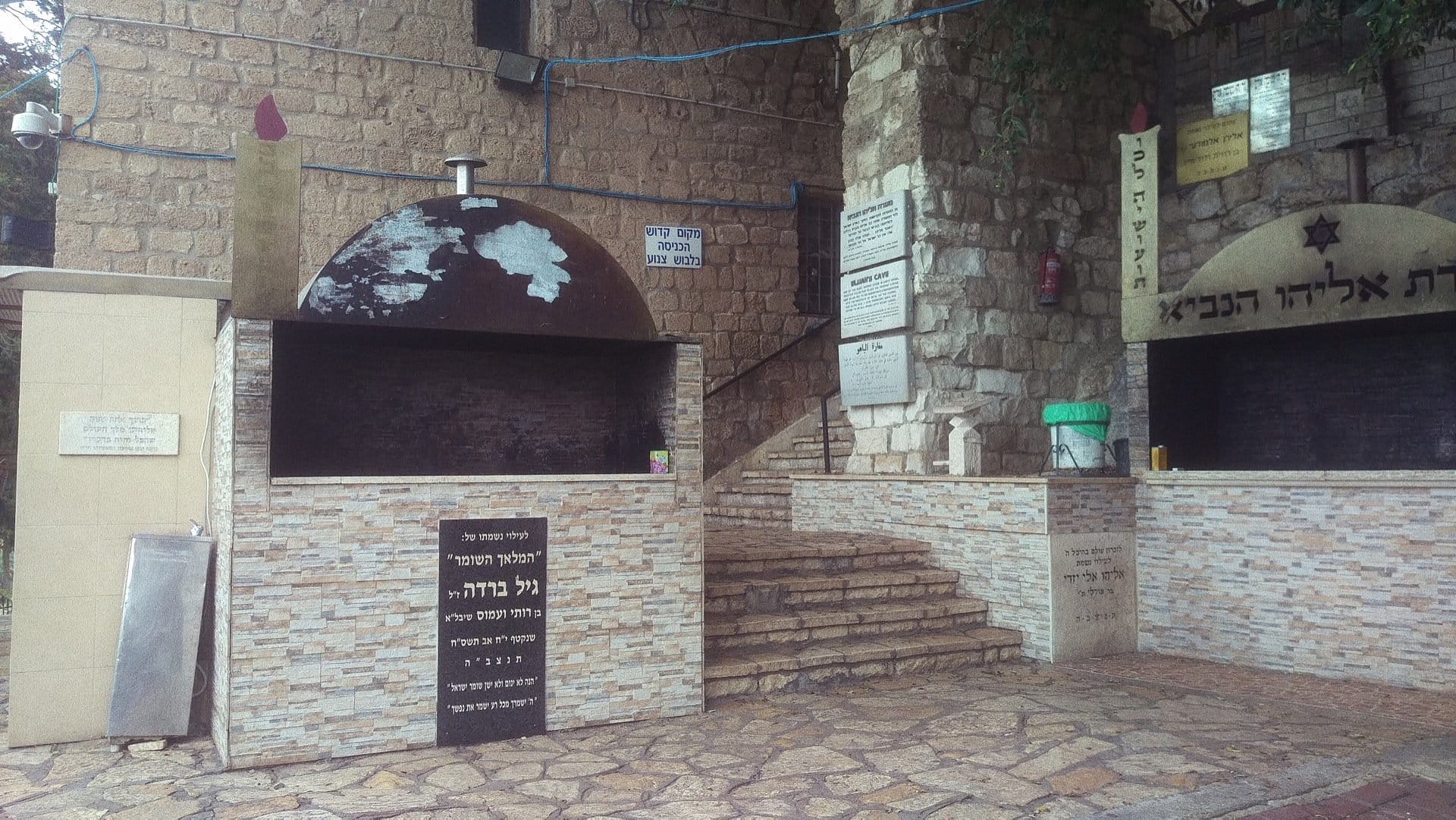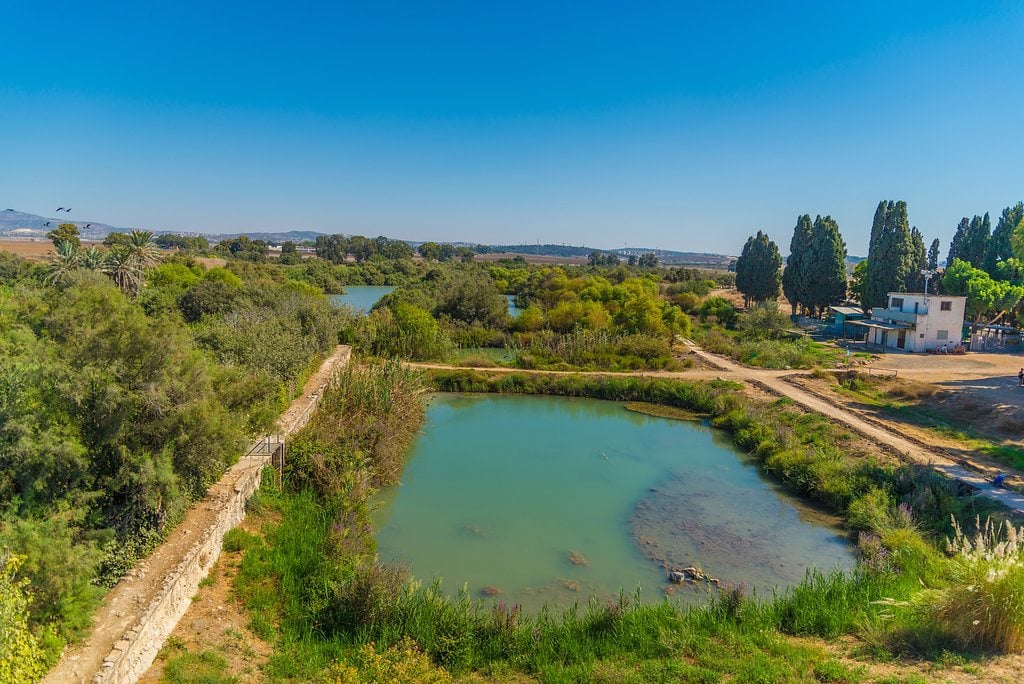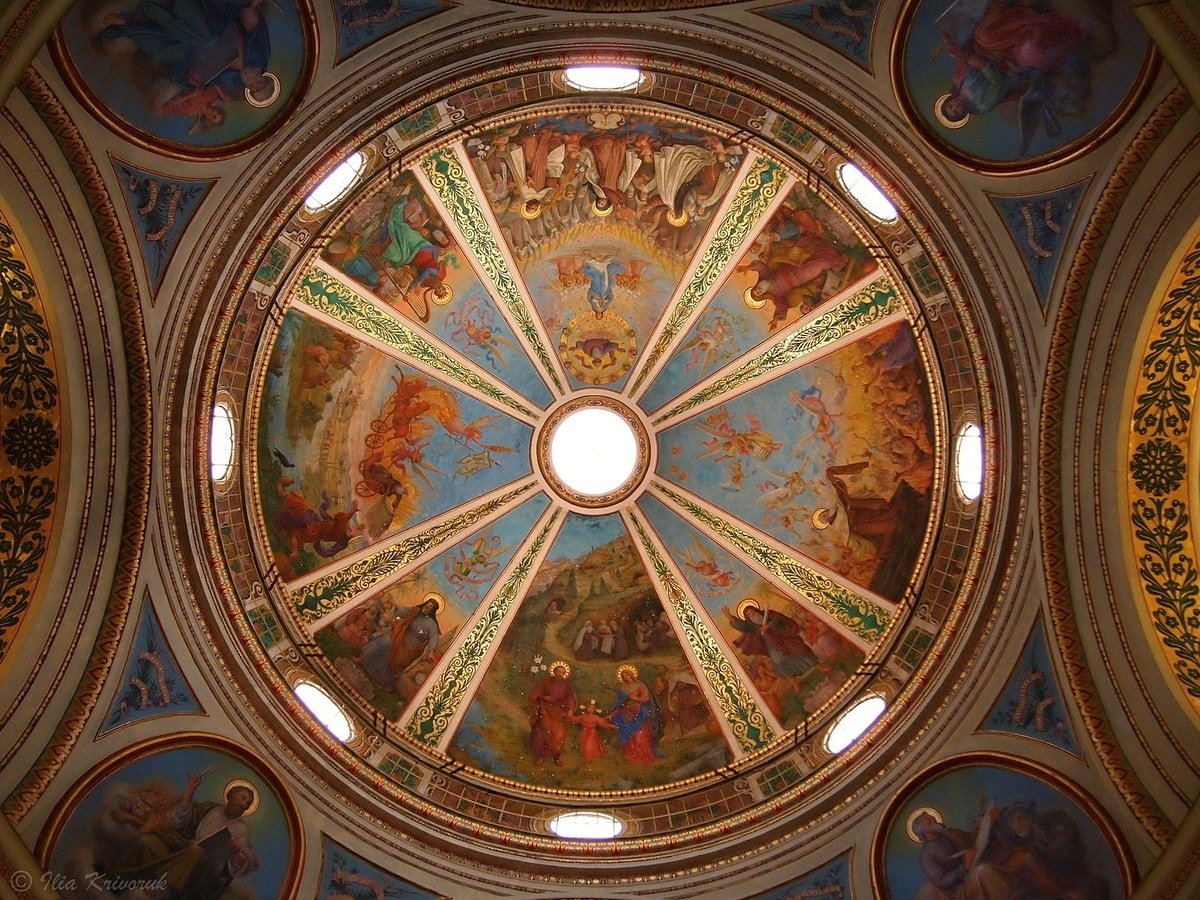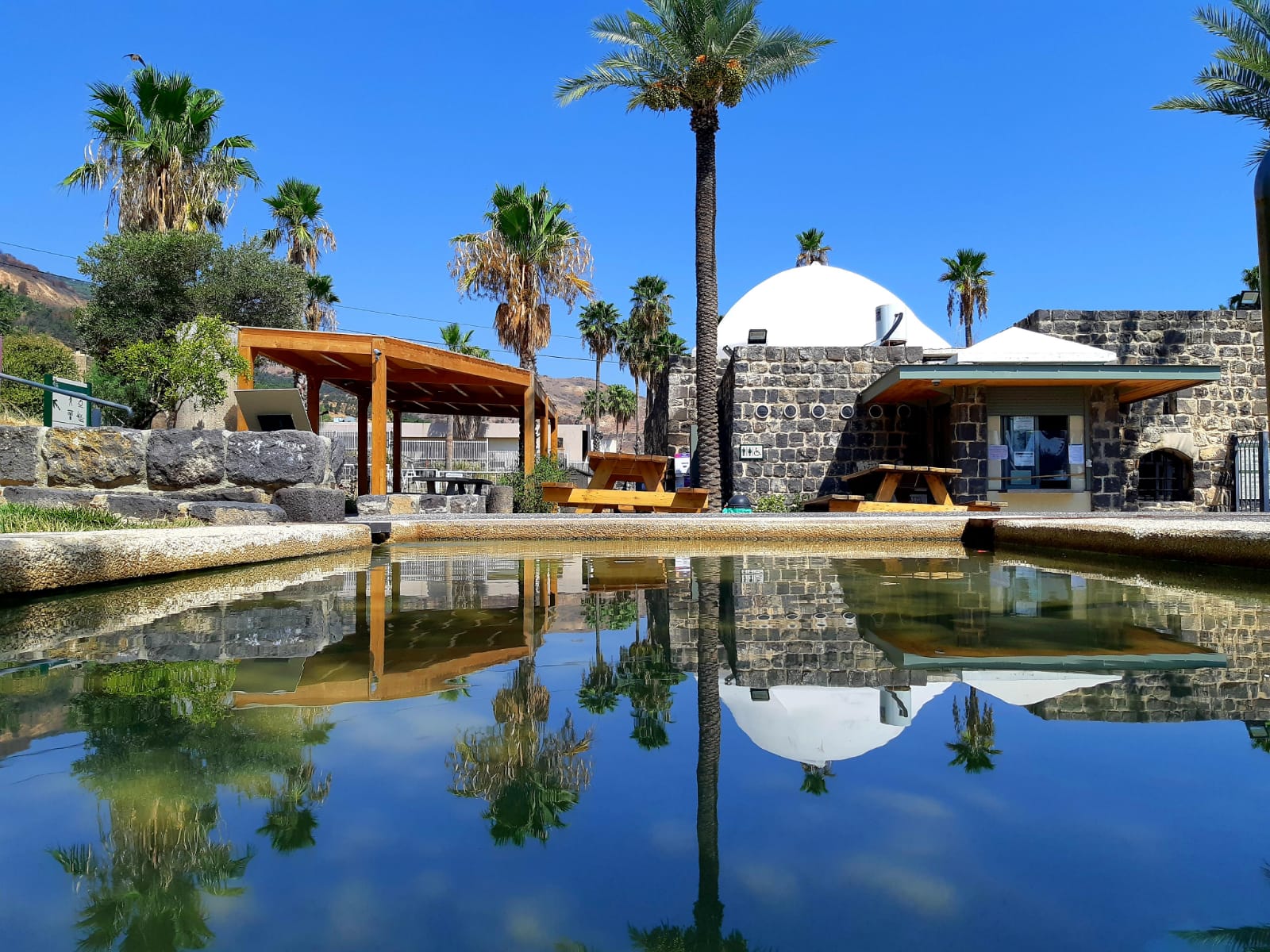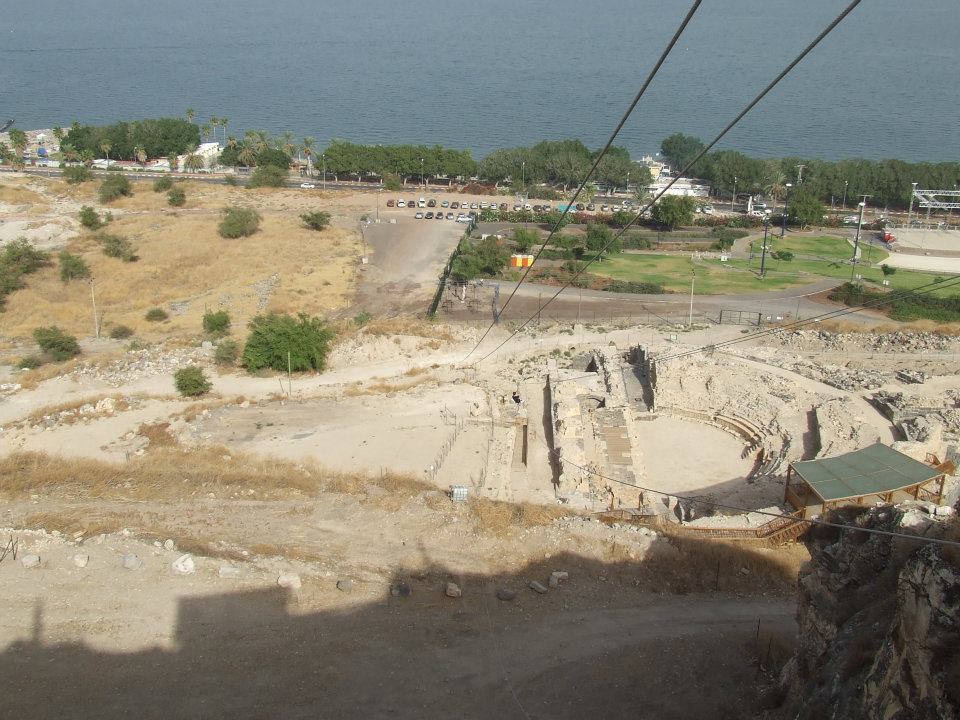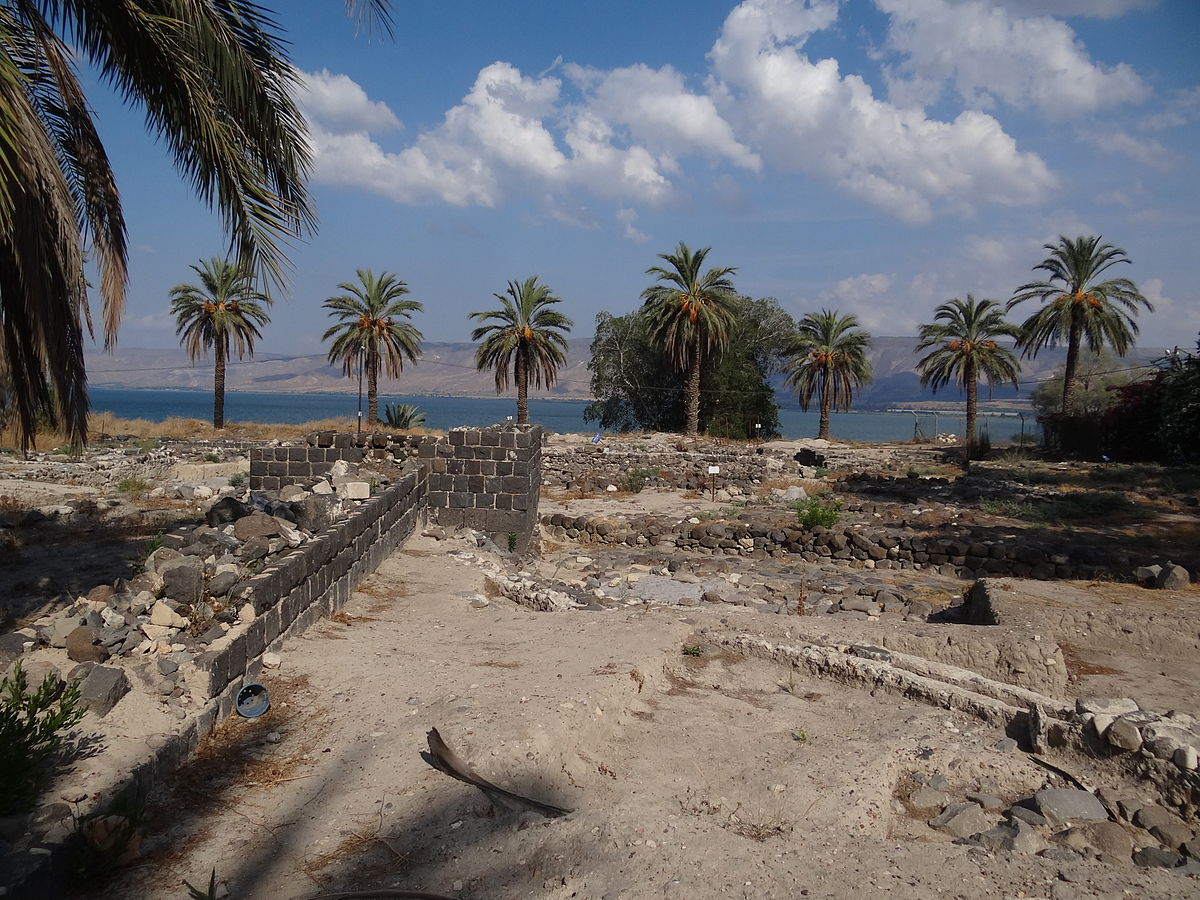Capernaum, in the Galilee of northern Israel is a Biblical village. It sits not far from other important Christian sites in Israel. These include Bethsaida, the Mount of Beatitudes, and Tabgha, as well as the Jordan River and Tiberias on the northwestern shore of the Sea of Galilee. Today the town of Kfar Nahum (Talhum in Arabic) stands where Capernaum once stood. The site attracts thousands of pilgrims and tourists from around the world every year.
In Biblical times Capernaum was one of the main trading villages in the Gennesaret area. It was a vibrant and prosperous part of Palestine, home to about 1,500 people many of whom were fishermen. Many travelers, caravans, and traders passed through Capernaum on the Via Maris. It was main trade route connecting Damascus in the north and Egypt in the south. There remains a Via Maris highway mile stone in Capernaum today. The village was thought to have prospered from the 2nd century BC to the 13th century AD when it reverted to a simple fishing village until the 1800’s.
The late establishment of the town explains why Capernaum is not in the Old Testament. The town is deeply significant to Christians as it features prominently in the New Testament. Jesus was born in Bethlehem, brought up in Nazareth, and preached in Jerusalem but it was the significant Galilean Ministry years which he spent in Capernaum and where he performed many of his miracles. Capernaum became his home and the Bible calls it Jesus’ “own city”. Matthew 4:13 tells us that Jesus left Nazareth and went to live in Capernaum after meeting temptation in the wilderness. Here he met James, John, Peter, Andrew all fishermen and Matthew a tax collector, five of his future disciples.
Description from Tourist Israel
